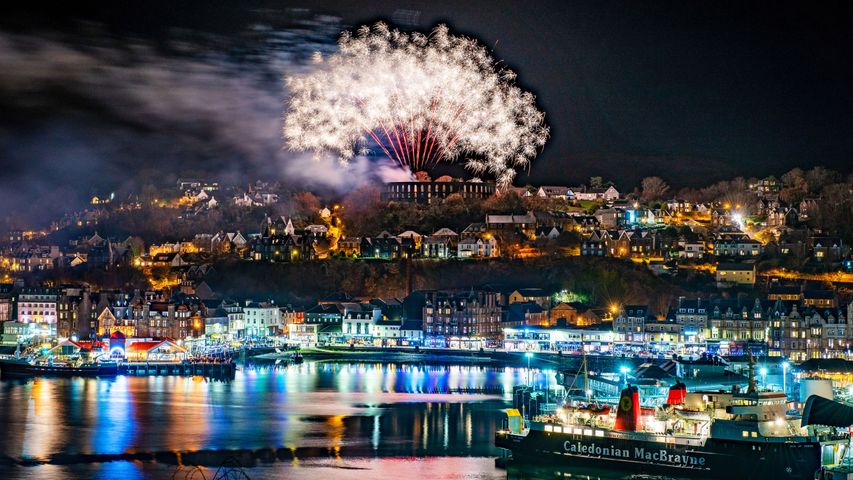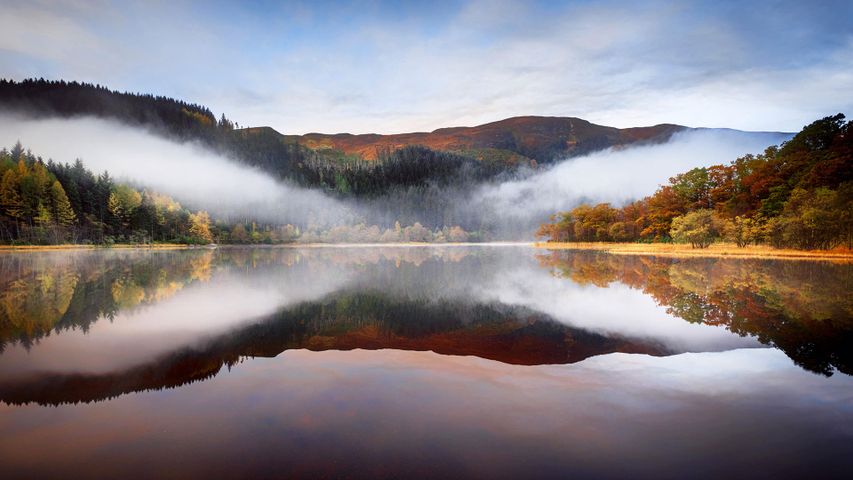Kilchurn Castle reflecting in Loch Awe, Argyll and Bute, Scotland
© Tom Mackie/plainpictur
Reflecting Scotland's heritage. Saint Andrew's Day
Put on your tartan and let the bagpipes play—it's St Andrew's Day! Scotland's national day is a public holiday there—though not everyone takes the day off. A fisherman by trade, St Andrew—also the patron saint of several other countries including Greece, Barbados, Romania and Ukraine—was one of Jesus' apostles and a key figure in Christianity. Though he never set foot in Scotland, his influence is immortalised in the country's Saltire flag, which is said to represent the cross on which he was martyred.
Festivities on St Andrew's Day range from traditional folk music to high-spirited cèilidhs—social gatherings that involve music, dancing and storytelling. Food plays a central role in celebrations, too. Expect hearty servings of Scottish staples like haggis, neeps and tatties (mashed rutabaga and potatoes), smoked salmon and oatcakes. The day also serves as a warm-up to Scotland's winter festivals, leading into Christmas, Hogmanay and Burns Night. To mark this day, we're visiting Kilchurn Castle, one of Scotland's historic landmarks, in the west of the country. Perched on the banks of Loch Awe, the fortress was built in the mid-15th century by Sir Colin Campbell. Though this castle now stands in ruins, it still offers a glimpse into the country's medieval past and the powerful Clan Campbell.
Related Images
Bing Today Images
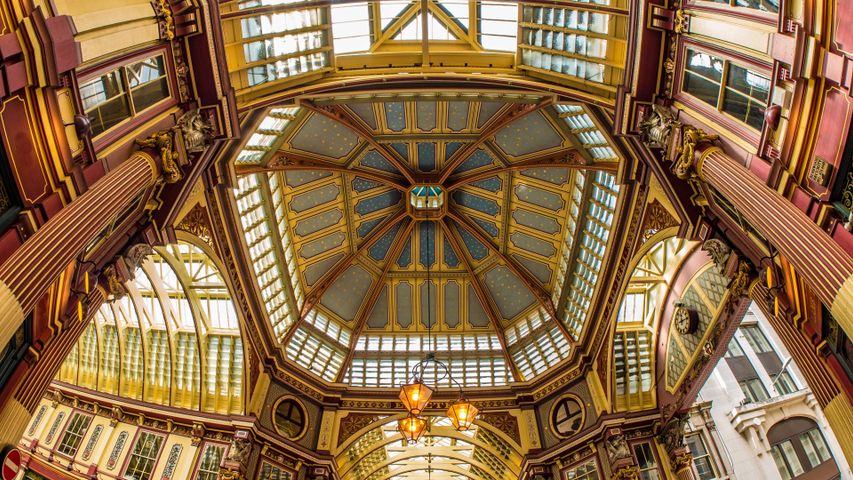
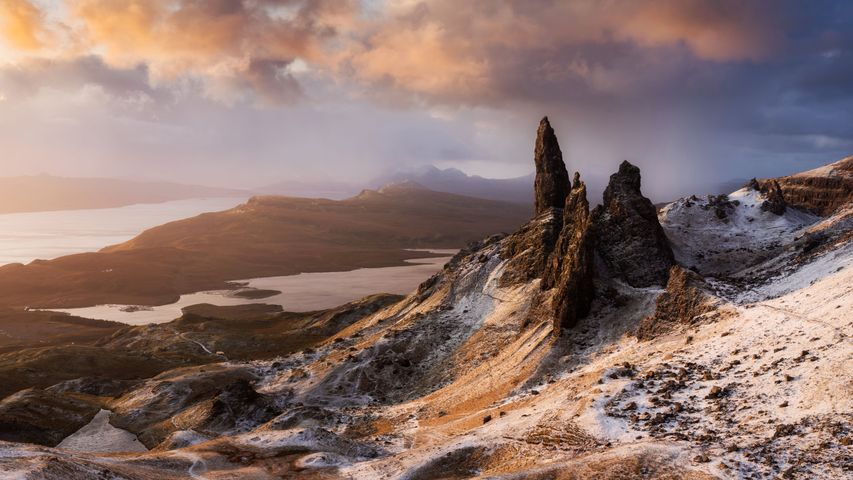
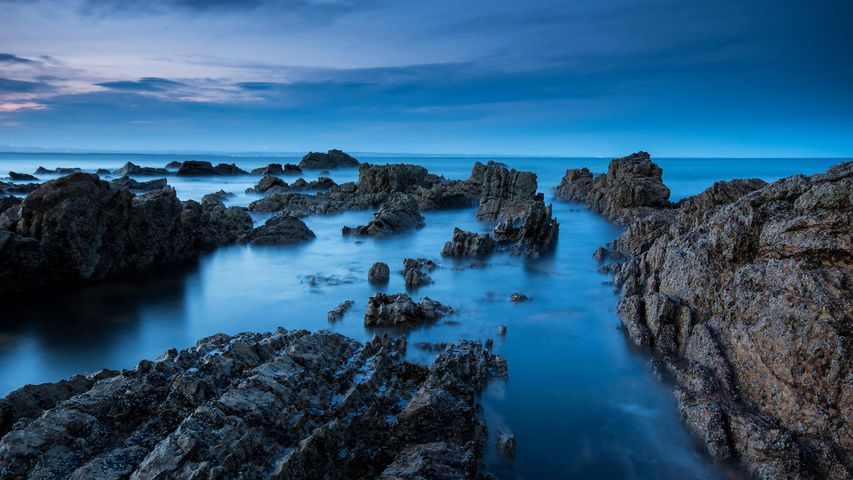
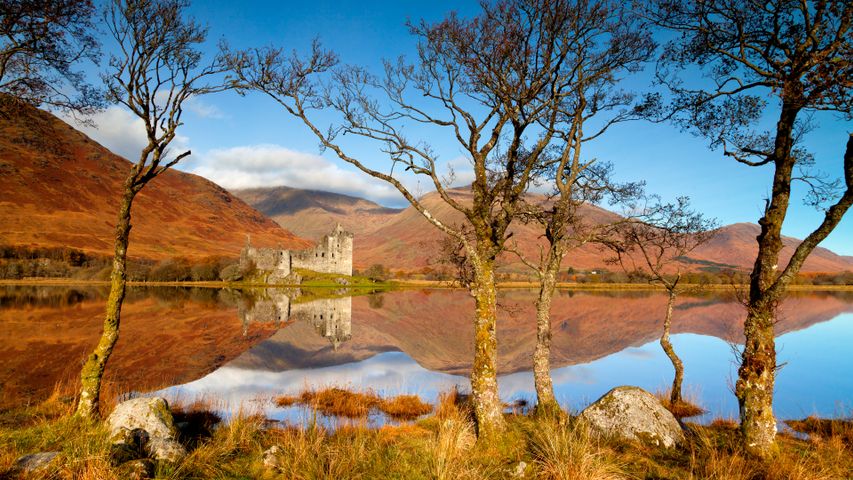
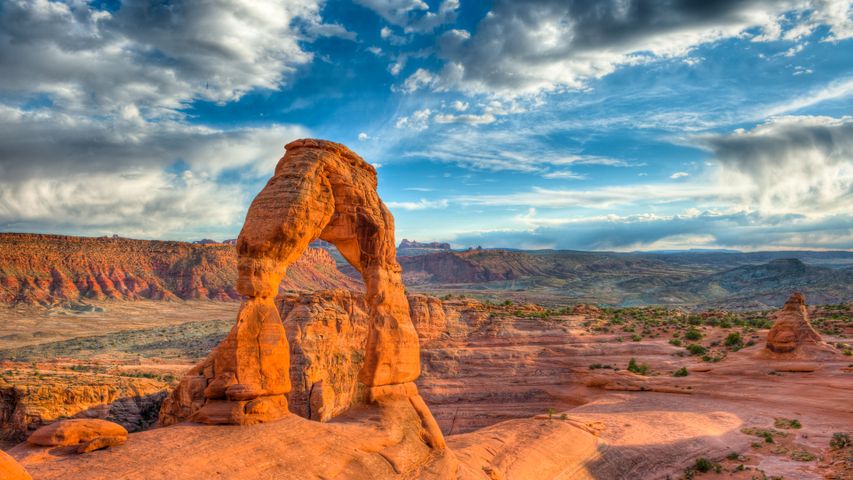 Delicate Arch, Arches National Park, Utah
Delicate Arch, Arches National Park, Utah
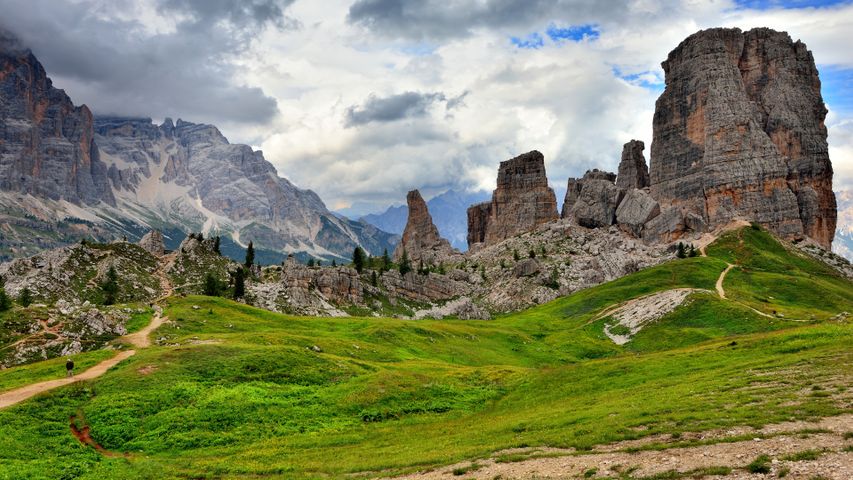 Cinque Torri, Dolomites, Italy
Cinque Torri, Dolomites, Italy
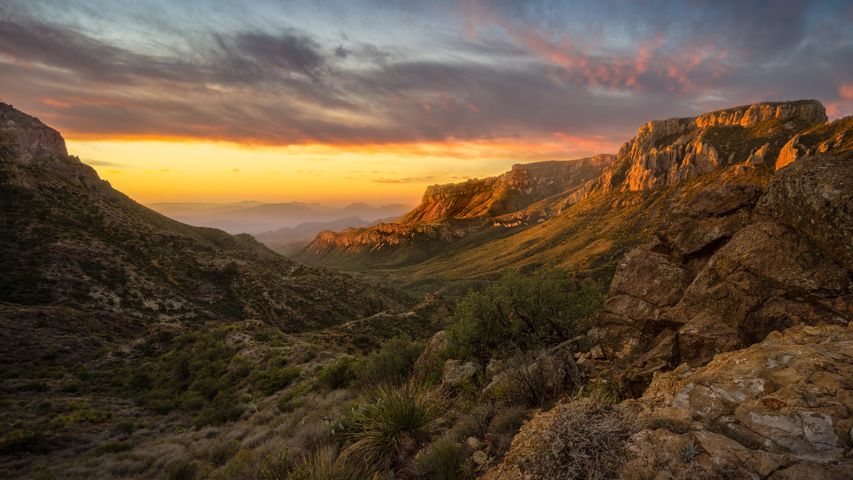 Chisos Mountains, Big Bend National Park, Texas, United States
Chisos Mountains, Big Bend National Park, Texas, United States
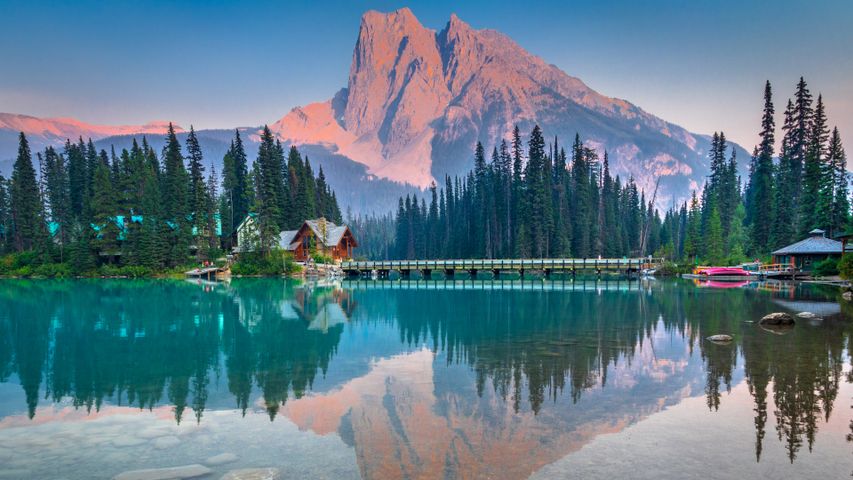 Yoho National Park, British Columbia, Canada
Yoho National Park, British Columbia, Canada
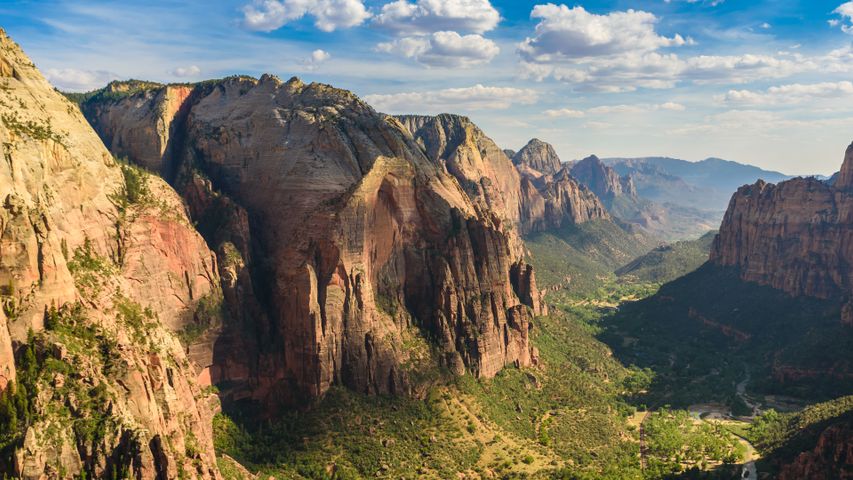 Zion National Park, Utah, United States
Zion National Park, Utah, United States
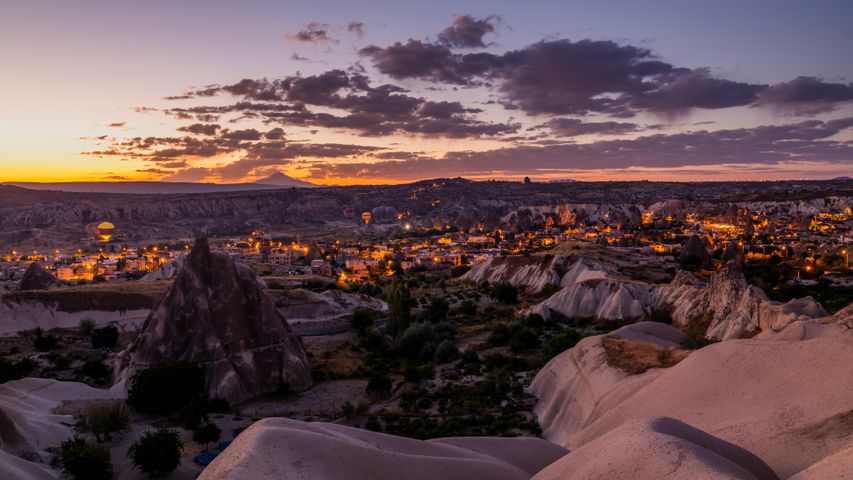 Hot air balloons over Göreme Historical National Park in Cappadocia, Türkiye
Hot air balloons over Göreme Historical National Park in Cappadocia, Türkiye
 Kachina Bridge, Natural Bridges National Monument, Utah, United States
Kachina Bridge, Natural Bridges National Monument, Utah, United States
 Sandstone formations in the badlands near Caineville, Utah, United States
Sandstone formations in the badlands near Caineville, Utah, United States
